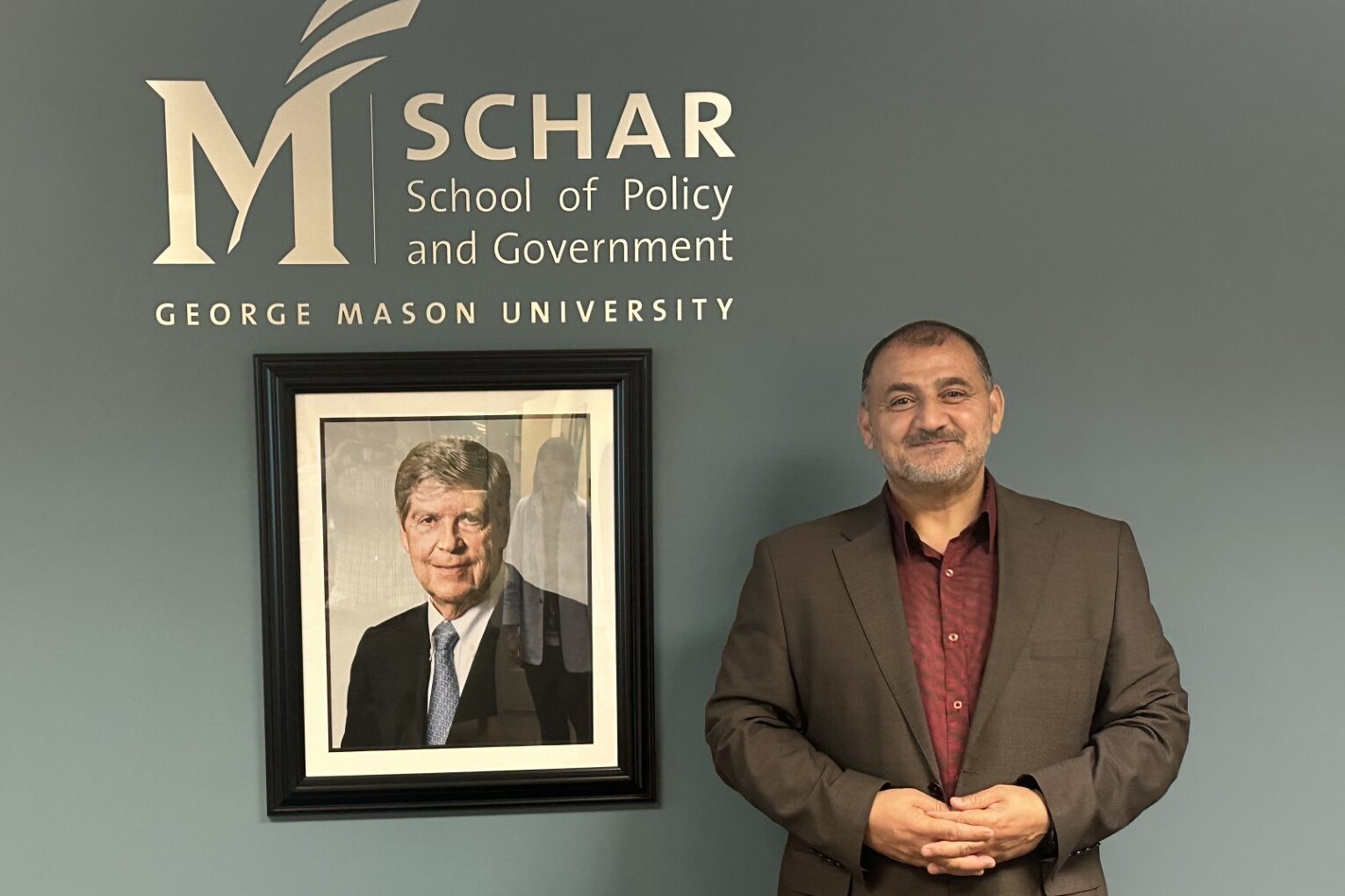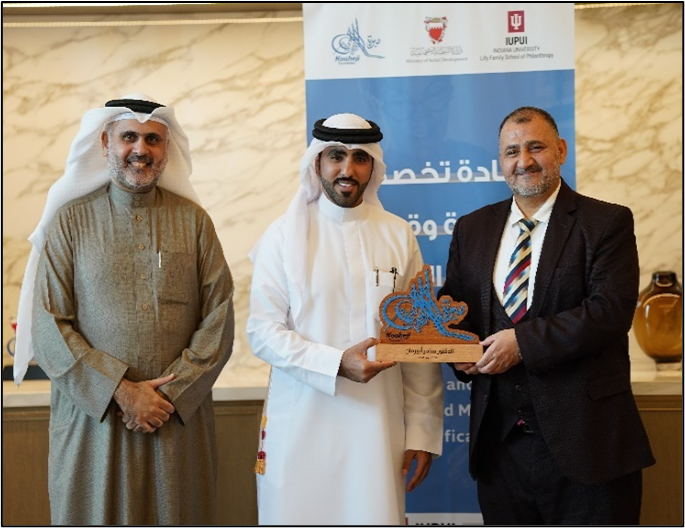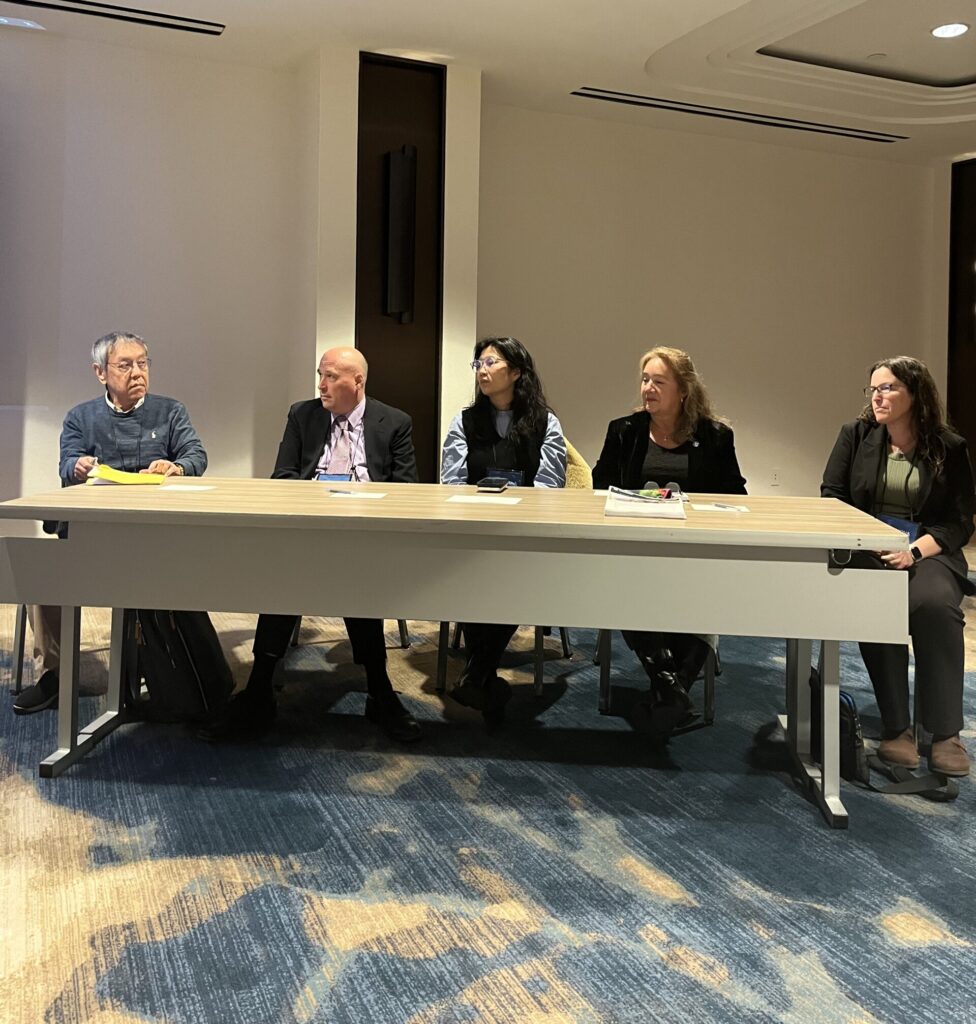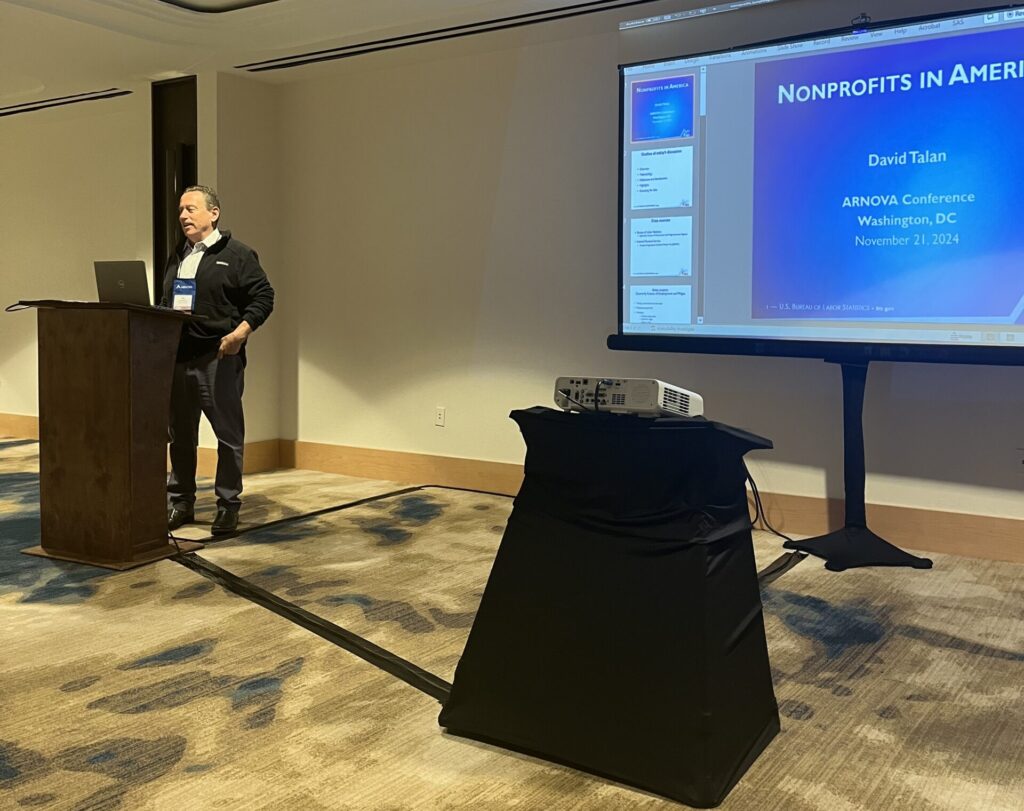The Center on Nonprofits, Philanthropy, and Social Enterprise at George Mason University’s Schar School of Policy and Government is excited to host Dr. Samir Abu Rumman, PhD as a visiting research scholar for the 2024-25 academic year.
Dr. Abu Rumman’s research focuses on the influence Gulf countries gain through their funding of the United Nations (UN). To date, he has conducted interviews with key figures in Bahrain, Kuwait, and Qatar and advised nonprofits to maximize their membership benefits during a presentation to the Economic and Social Council (ECOSOC) of the UN.
Additionally, Dr. Abu Rumman has led a number of training sessions and consultations for nonprofit and philanthropic leaders in the region.

In December 2024, Dr. Abu Rumman delivered a transformative training program on philanthropic management and leadership to over 100 participants in Bahrain. The initiative, which was made possible by partners, collaborators, and sponsors such as GMU’s Nonprofit Center, the Lilly Family School of Philanthropy at Indiana University, the United Mission for Relief and Development (UMR Institute), the Al-Kooheji Foundation, and Bahrain’s Ministry of Social Development, hoped to enhance the philanthropic landscape in Bahrain.

At the Association for Research on Nonprofit Organizations and Voluntary Action’s (ARNOVA) annual conference in November 2024, Dr. Abu Rumman, alongside fellow researchers, presented the initial findings from a set of multi-country surveys that interviewed Muslims worldwide about their perceptions and patterns of charitable giving. These findings are detailed in published reports from the Muslim Philanthropy Initiative at Indiana University for four countries, for which Dr. Abu Rumman is a co-author.
Additionally, Dr. Abu Rumman completed three country reports for Jordan, Kuwait, and Bahrain for the Global Philanthropy Environment Index published by Indiana University. Dr. Abu Rumman also recently conducted lectures and training sessions at Istanbul University, Kuwait University, Malaysia, and Indonesia, with over 200 participants.
Dr. Abu Rumman has over 20 years of experience in research, education, and development in different countries. He has led and supervised several regional and global research projects for organizations such as the World Values Survey and Arab Barometer, in part while affiliated with Princeton University. He is a consultant for the UMR Institute and the director and co-founder of the World of Opinions in Kuwait and Jordan. We at the Center are very pleased to have Dr. Abu Rumman with us as an affiliated scholar.




